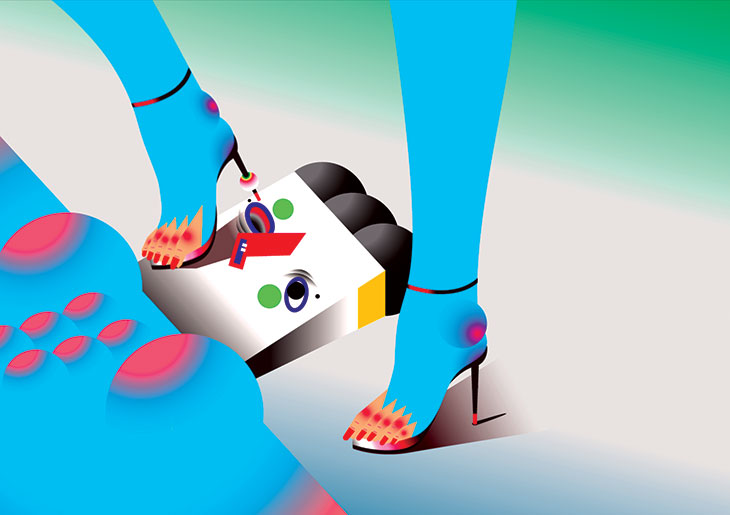
Artist WONG PING brings us closer to his world by sitting down for an interview with Editor KATARINA DJORIC to talk about the new aesthetic values, internet vs galleries and the evolution of his very own style.
READ OUR UNFILTERED ISSUE IN PRINT OR DIGITAL
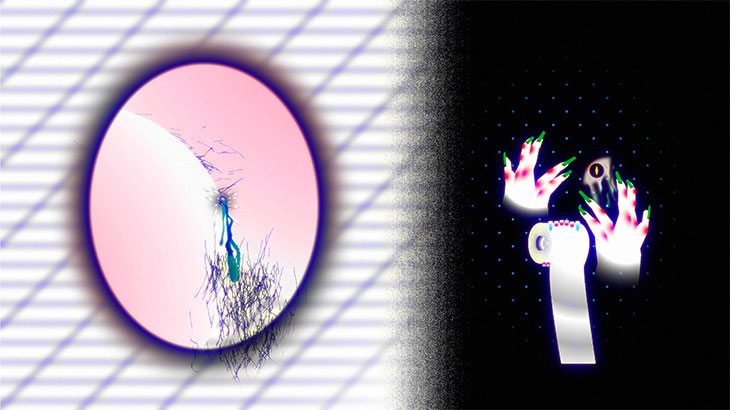
When did you begin to do art, and why?
My first job was in the post-production section of a big broadcast station. I had to use special effects to make sure everyone looked great and sexy in a soap opera or create fake bullets and smoke on screen every day for 10 hours. Questions started to pop up in my head. I would daydream and make up stories in my head as a getaway from work. Writing was my first art experience. It then became my biggest hobby.
You live and work in Hong Kong. Do you think the place of residence is vital in today’s world?
I am a city person. I need physical excitement, inspiration, and stimulation from the surroundings that the internet cannot provide. The political status of a place and the freedom of speech etc., are also very important to an artist. Constantly traveling might be a better option (sadly not at this moment). I was moving between Airbnbs even when I was in Hong Kong before COVID hit. It was refreshing.
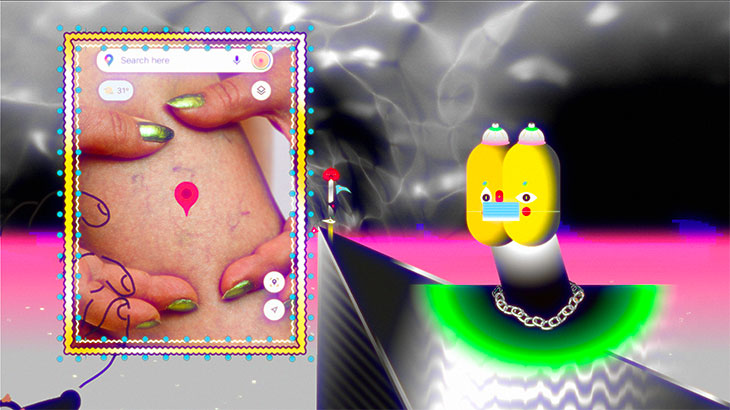
As a representative of the new digital generation, do you think your work represents the need for new aesthetic values?
I do not think my works are anything new, to be honest. As human beings, we are always hungry for something new. Maybe we do not know what we want until something fresh pops up. But how often do we experience anything new after growing up? I think the aesthetic nowadays is led by new technology. There might be nothing new about it but technology. There are differences.
I also would not cross the line too far, cuz it might trigger a lot of unnecessary and faulty prejudice. The best situation is when I put my feet on the yellow line—provoking, pushing, and testing the limit. Bring questions instead of a stance.
What is the difference between showing your art on the internet versus showing it in a gallery?
There is way more weird feedback by showing the work online because it is basically facing the real world. Showing in a gallery or a museum can only meet a specific audience at a particular time. The charm is that I get to play around in real space instead of seeing the work from a rectangular device. I would be nothing if there were no electricity, unlike a sculptor or painter.
How do you react to the comments on the internet? Do you take them personally?
I love the internet comments and trolls to death. They are my next inspiration. Everyone gets to comment on everything online nowadays, and I don’t take it seriously.
What was the one comment that made a strong impression on you?
“He must have been molested by his dad when he was young. [barf emoji] [barf emoji] [barf emoji]”
Your work is known for using vivid colors and geometric figures. Tell us more about your visual style. How did it evolve?
I learned one software that I had to use in my day job. That software was not built for animating, and I knew nothing about drawing. One day I was bored at work and tried to make some simple geometric shapes. I was also satisfied by the fact that I got to choose whatever color I liked easily. There was a color theory class when I was in school. I was told there are rules for matching colors. I felt bad because I could never pair my favorite colors, so I quit the class. There was basically no evolving or a thinking process; instead, it came from limited options and instinct.
I love the internet comments and trolls to death. They are my next inspiration. Everyone gets to comment on everything online nowadays, and I don’t take it seriously.
You are often inspired by real-life events—ordinary and extraordinary. How do you translate that inspiration into a work of art?
The translation/transformation is the biggest part of my working process, but it can happen organically. I never settle for a solid theme and direction in my work. The theme is just a container. It can be anything; what matters is the content and the scripts’ lines. Imagine you have to connect the past six months of your Tweets into a story. These are your observations over the past six months, but they are all unrelated. This process is when the transformation happens. The container is just something to make them seem connected.
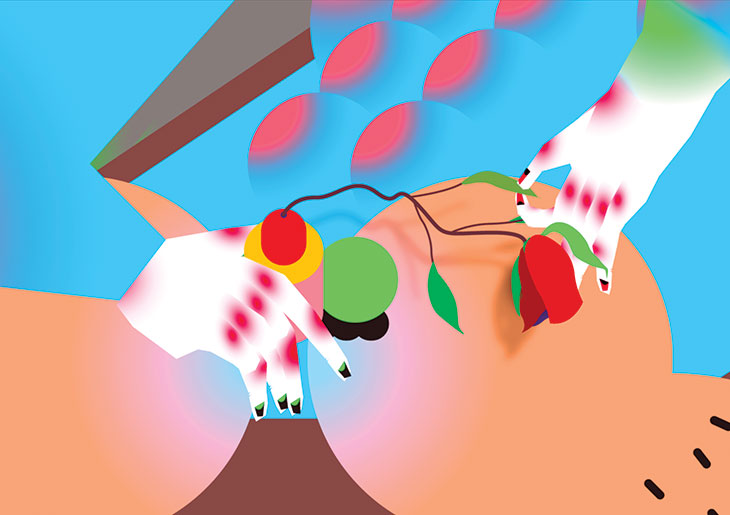
Do you use your animations to express your own secrets and desires? Or is it just some made-up persona?
My works are cocktails of my friends’ secret juice, my own sweat, and everybody’s moan. No one knows what is what when everything is stirred up together.
As an observer, I have to say I don’t really care, but I actually do a little. It’s like some sort of reality show—peeking into someone else’s intimacy. Why do you think that is?
Don’t we all have these voyeuristic-scopophilic tendencies? Especially the art consumers…
Curiosity is what makes life interesting. Peeking into someone or something other than ourselves is an experience. It’s like reading a research essay, watching a movie, having an affair, having authentic cuisine, etc. It is all about borrowing others’ experiences. It is like injecting another soul into yours. Experience matters, so don’t stop peeping.
Your recent works delve into the sphere of fables. Do you see yourself as a modern-day Aesop?
I hope not, cuz I find Aesop’s stories were not very interesting [laughs]. One of the reasons I named a series of works Wong Ping’s Fables is that I like how it sounds. It is borrowed from Aesop’s Fables and Andersen’s Fairy Tales. I found it very cocky to put their name as the works’ title. I wonder why most galleries are named the same; imagine Facebook was named Mark Zuckerberg.
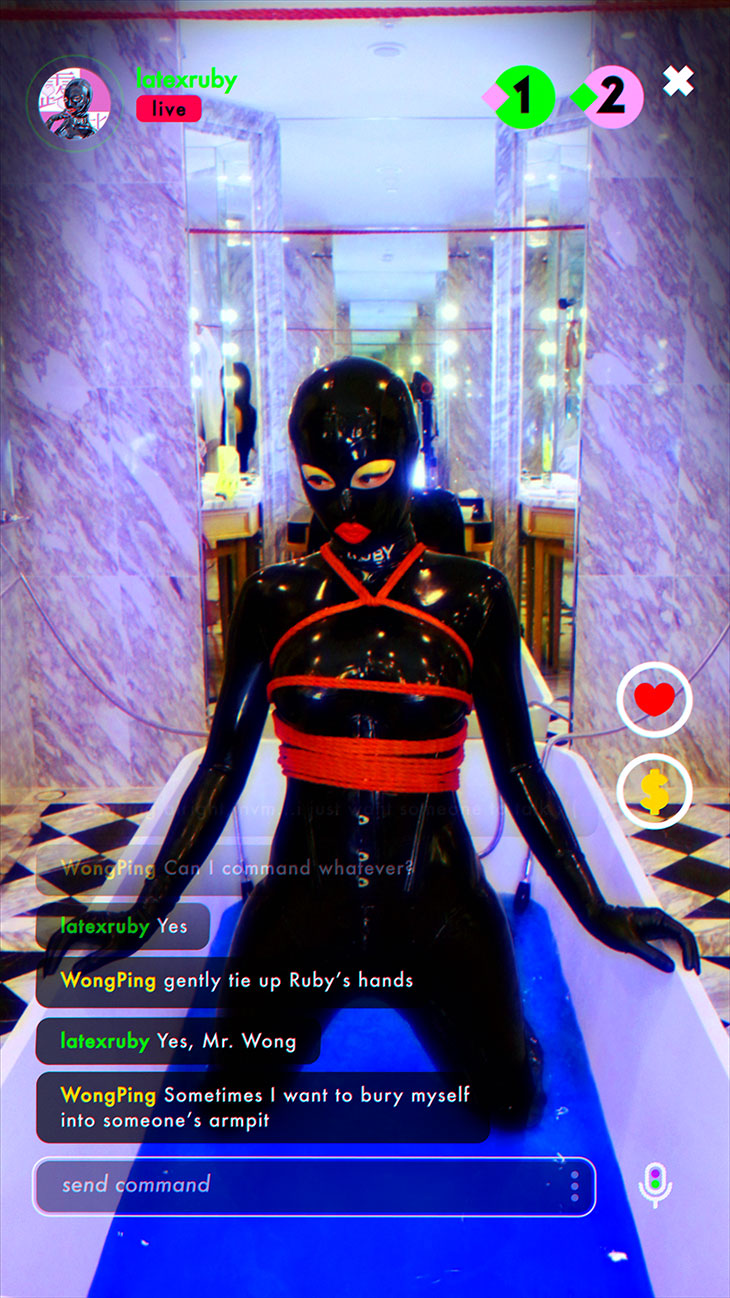
You said you use the fable form so you wouldn’t have to self-censor. Do you think the artist is not entirely free to express his opinion?
It was not entirely about self-censorship. Over time I realized people mostly would not take cartoons, animation, or children’s stories seriously. Fable as a storytelling form is another candy wrapper that makes all the terrible thoughts I said a bit easier to swallow. I created a certain distance and ambiguity. It gives me more freedom to expose myself. I also don’t think there is ever complete freedom to express yourself, especially in today’s society.
My works are cocktails of my friends’ secret juice, my own sweat, and everybody’s moan. No one knows what is what when everything is stirred up together.
People are a bit too sensitive nowadays. Do you think about it when you create?
I do, and I don’t. I do not particularly think about the audience. But I care about how I should deliver my message. Again, this is not about self-censorship but wanting to make sure my words don’t get twisted. Given that anyone can troll anything, they do not even have to think it through nowadays. It is about the presentation of an idea. The video is my work statement. Imagine the yellow line on the subway platform. I do not want to back down and stay too far behind it. I also would not cross the line too far, cuz it might trigger a lot of unnecessary and faulty prejudice. The best situation is when I put my feet on the yellow line—provoking, pushing, and testing the limit. Bring questions instead of a stance.
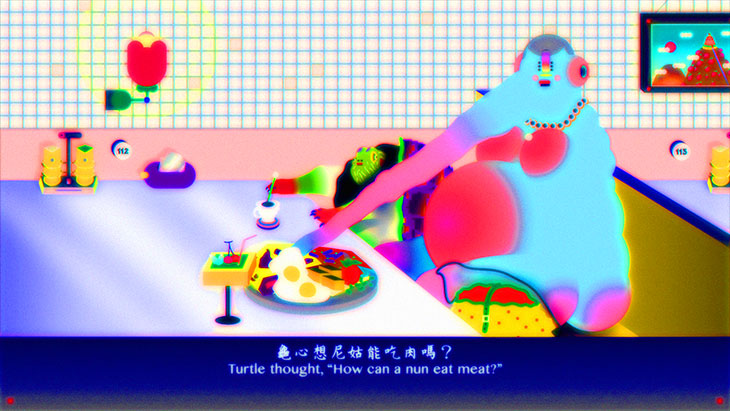
Are you pessimistic about the direction the world is heading in?
When I was young and studying history, I often wondered how people felt to live in moments of their short lives that ended up in history books. There are a lot of times in history where nothing big happened and was skipped in the primary school history books. And now we will all end up in the future history books. I am actually quite proud.
What are you working on right now?
I am writing a new short story about the ear.
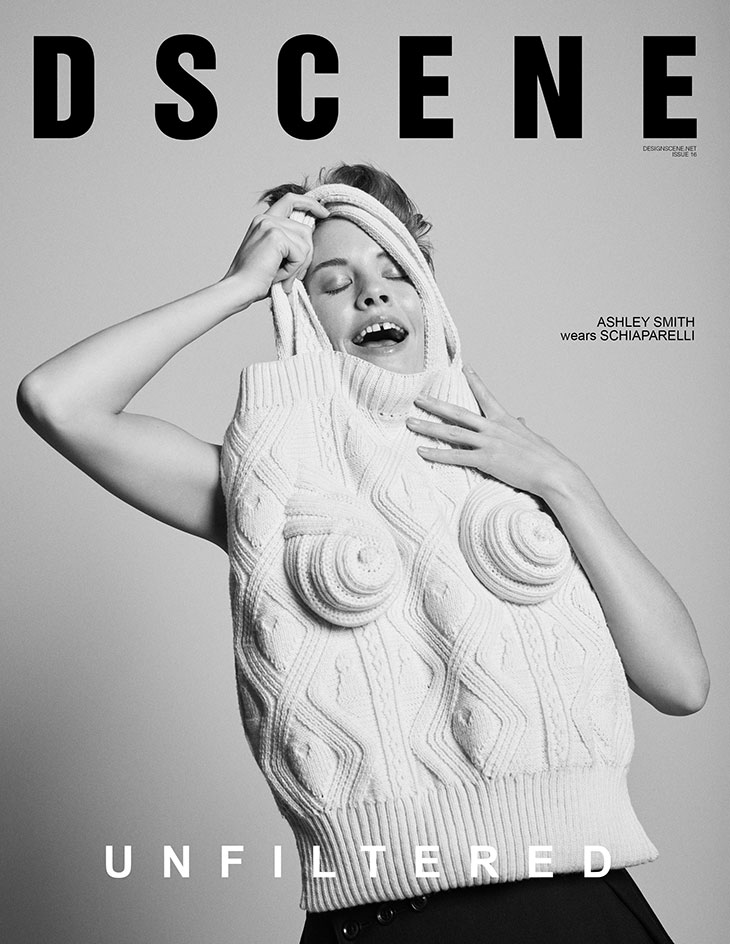
Interview published in DSCENE Issue 16 – get it now in print and digital.
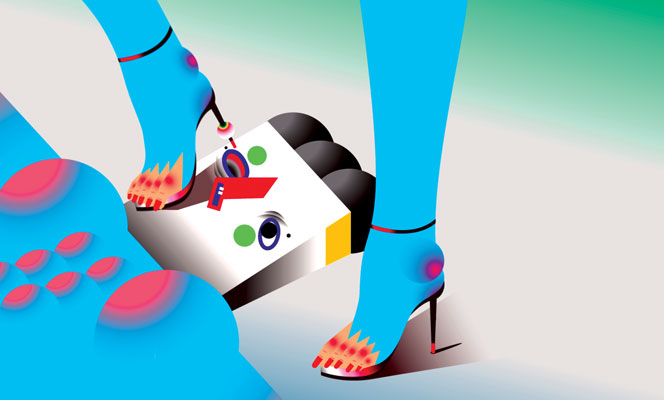













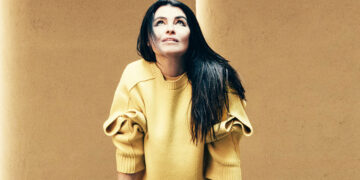
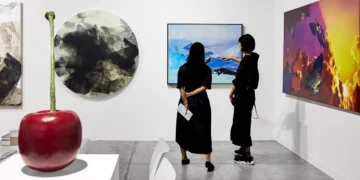
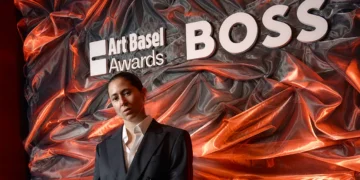

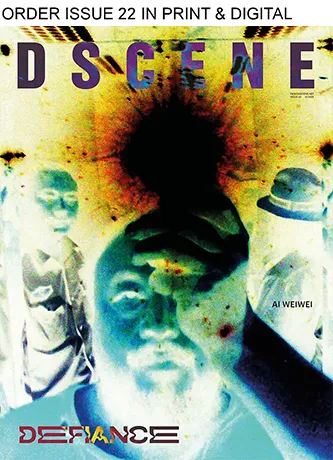

i love wong ping and his art!